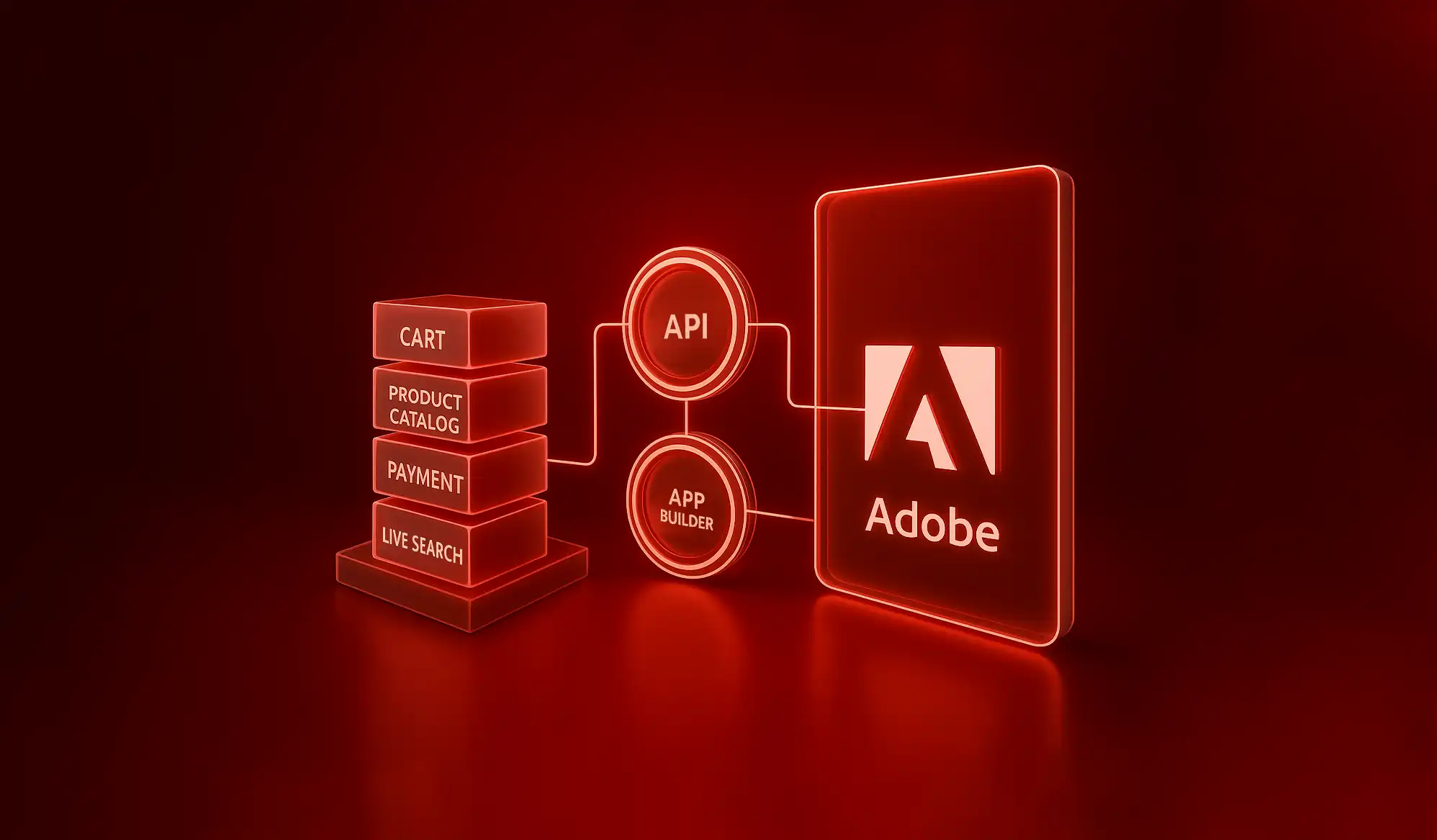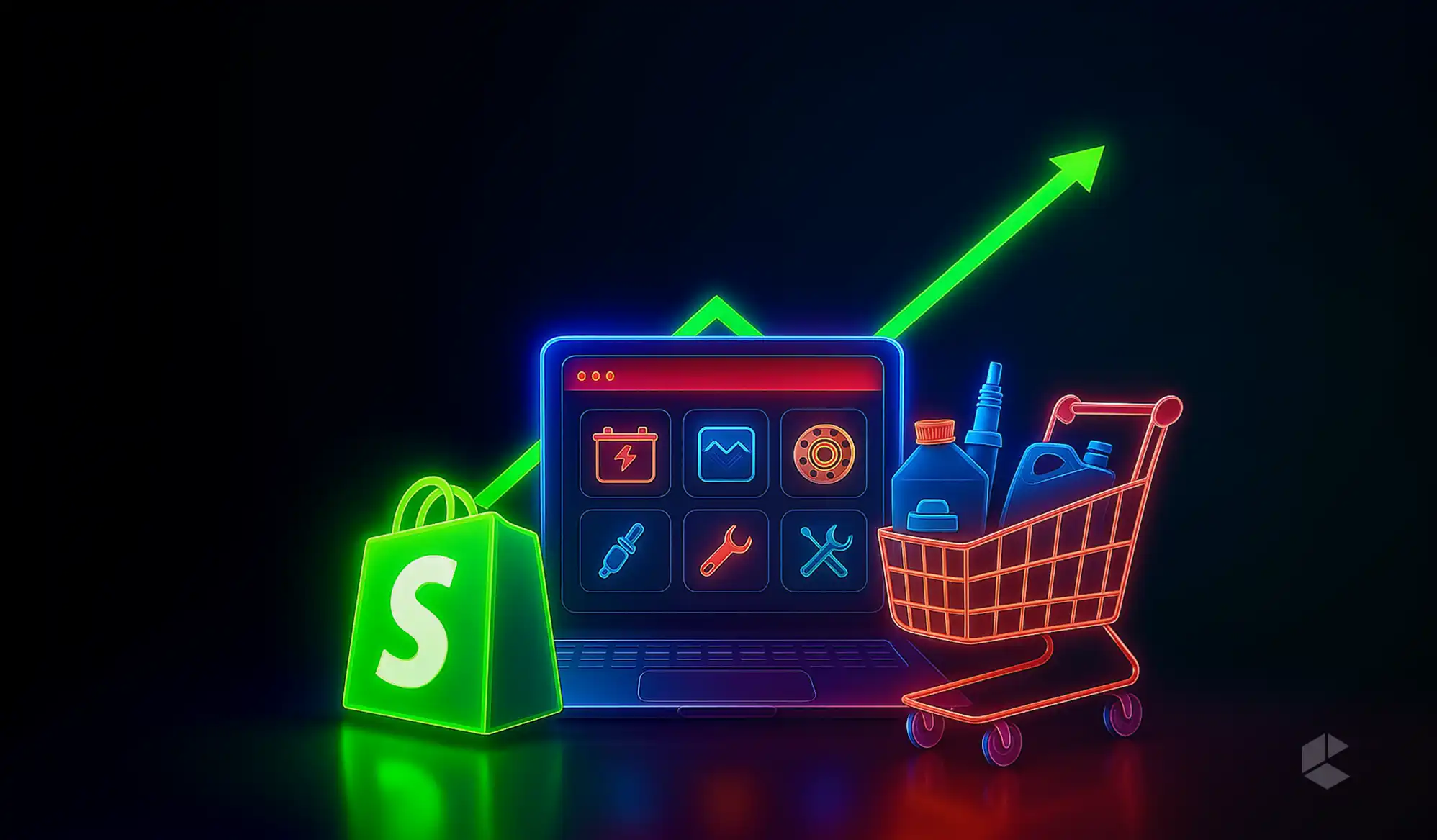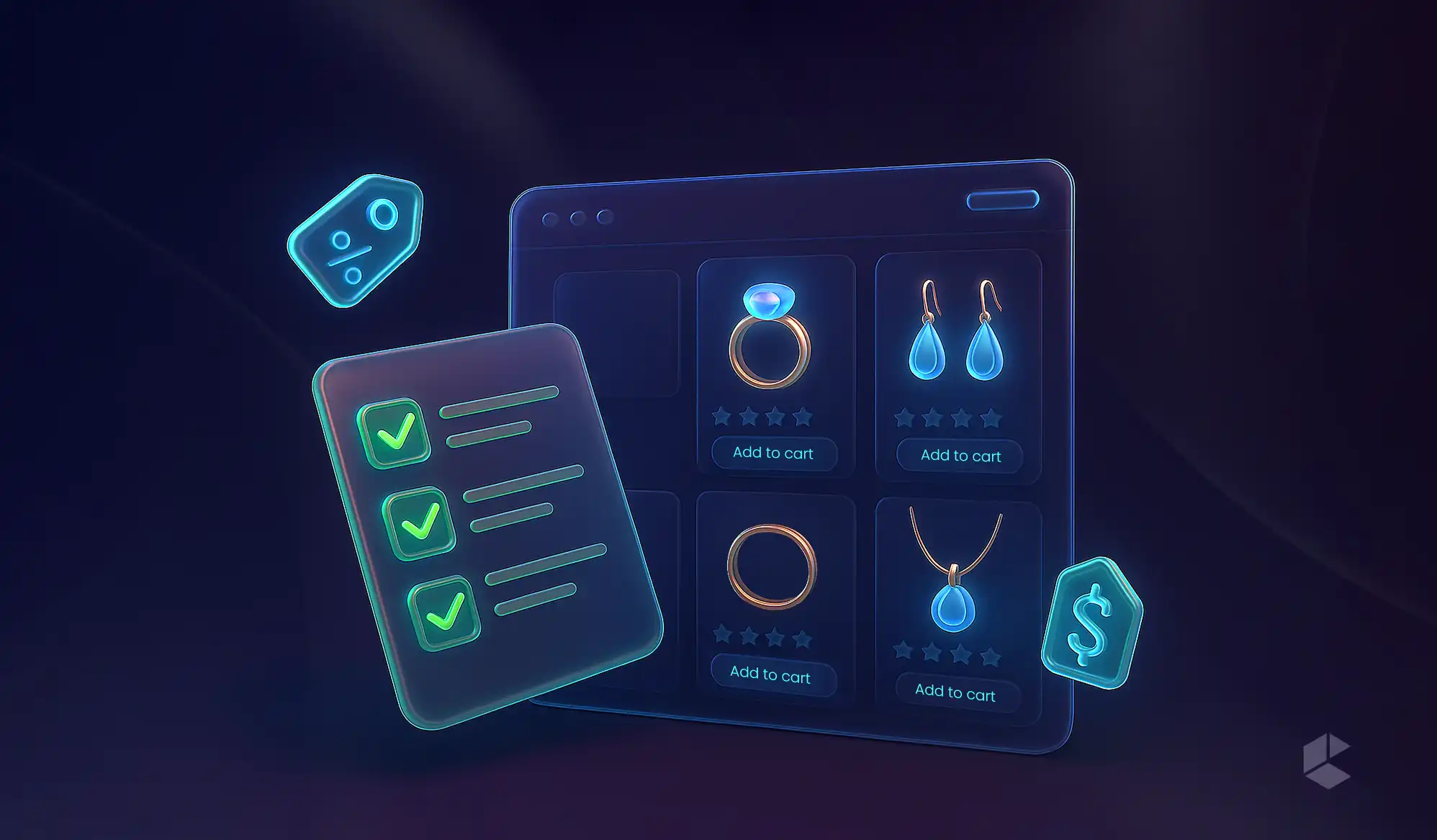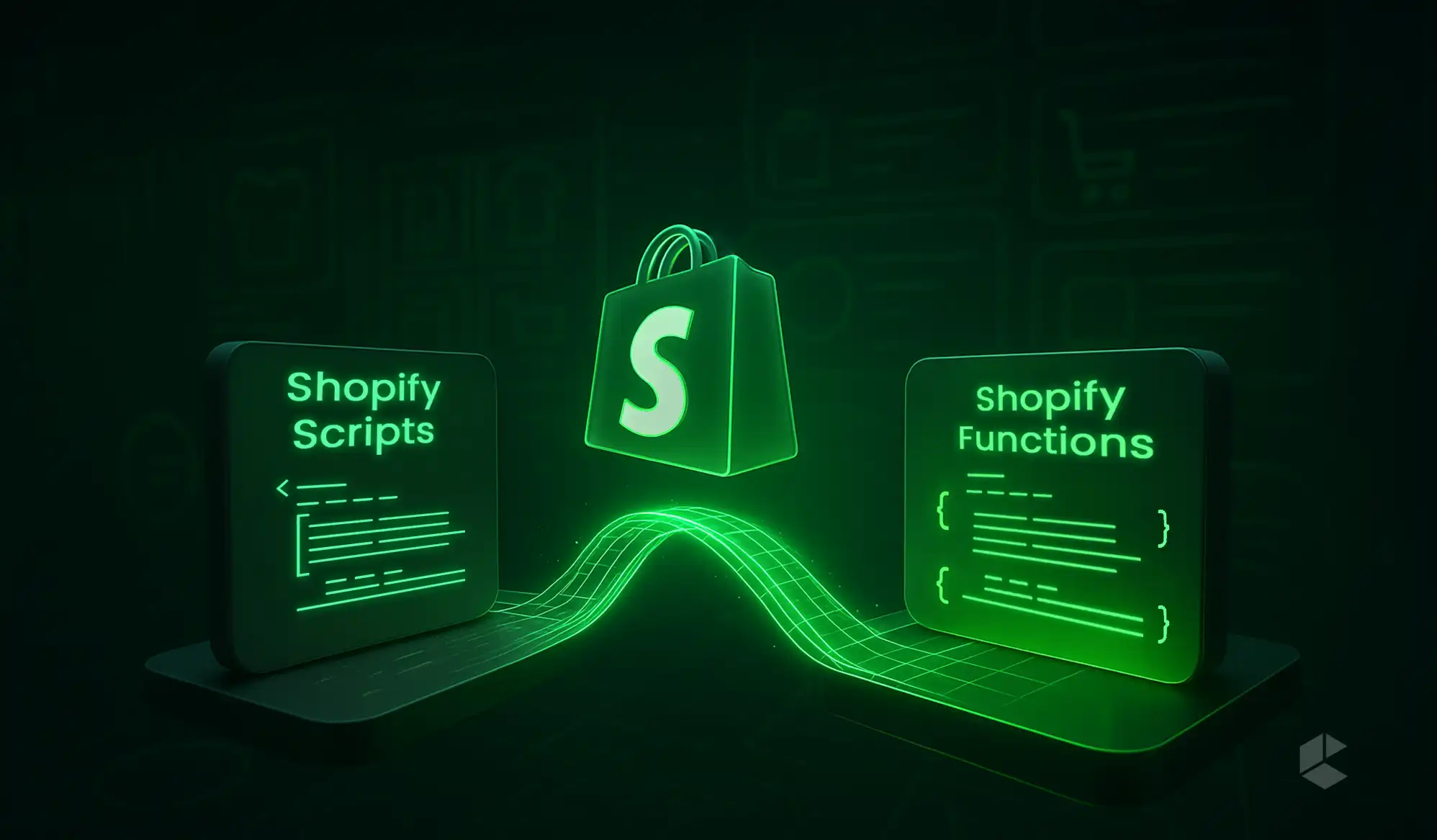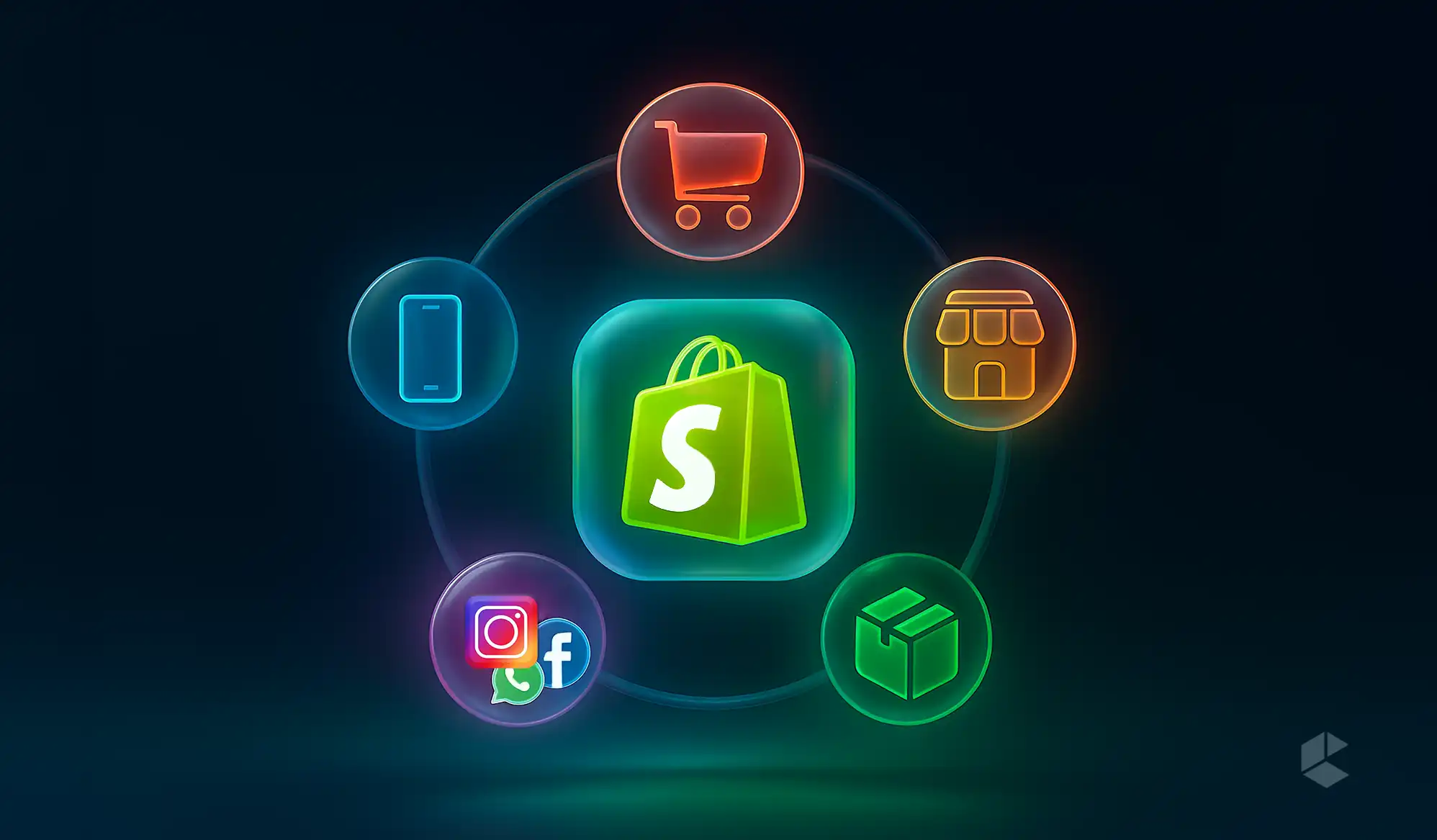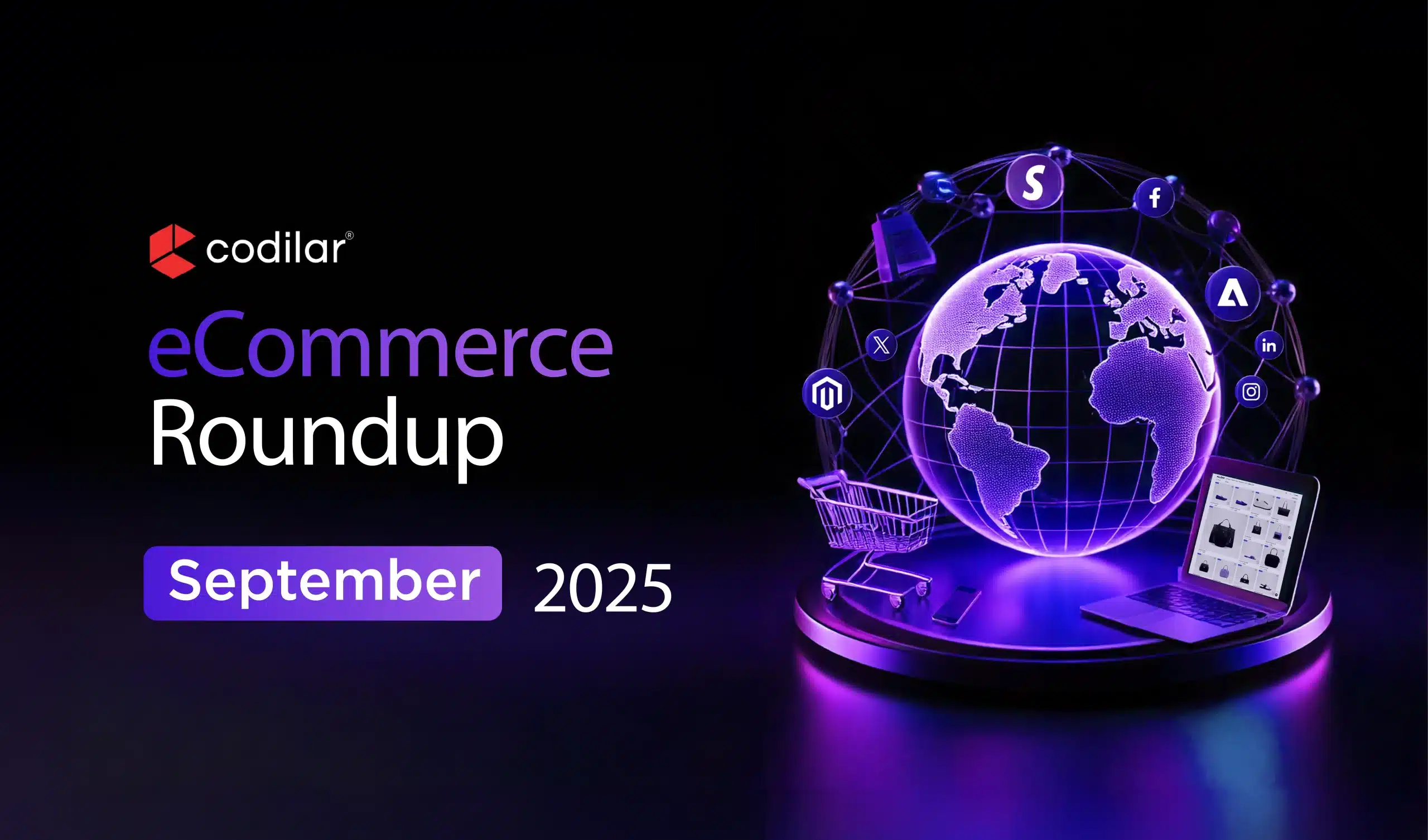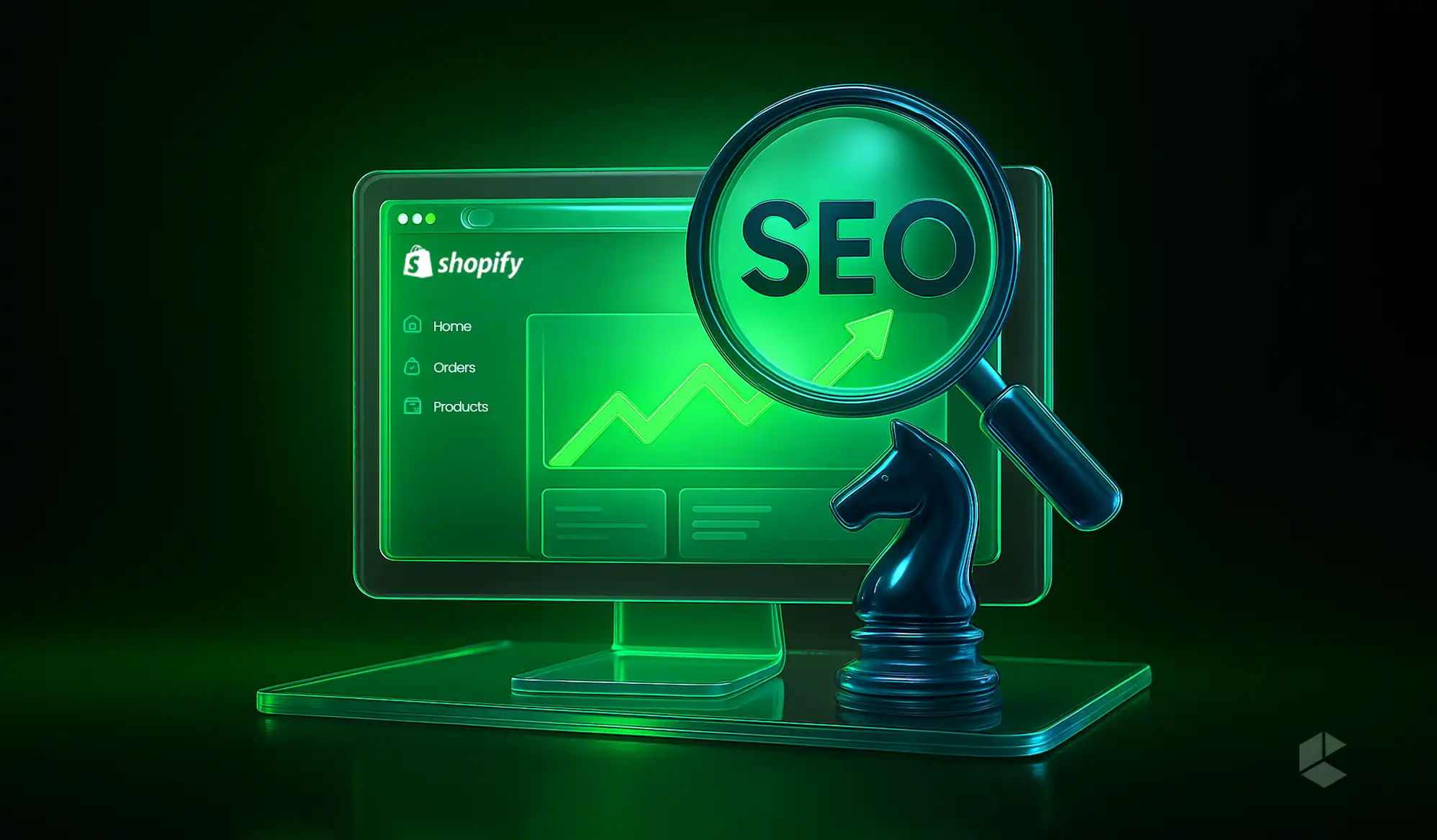- Adobe lets you adopt composable commerce gradually, not all at once
- APIs make it easy to plug in best-in-class third-party tools
- App Builder gives developers a clean way to build custom features
- Adobe Sensei brings intelligent recommendations and personalization
- You get a modular backend with a consistent customer-facing experience
- All of it runs on scalable, cloud-native infrastructure
In today’s date, customers expect a lot from an eCommerce store – personalized offers, fast delivery, fresh weekly features, mobile experience, you name it. And that’s quite normal, with more and more businesses implementing features to enhance customer experience. But a lot of platforms still remain monolithic, tangled, and outdated, where you break five features trying to upgrade one.
This is where composable commerce comes in. And Adobe, true to form, isn’t just reacting to the trend. It’s building a future-ready model that helps brands escape that tangled mess for good.
Now, let’s be clear. Composable commerce isn’t just a fancy phrase for “headless.” It’s a mindset. A strategic shift. And Adobe’s approach to it is more practical than most.
What is Composable Commerce?
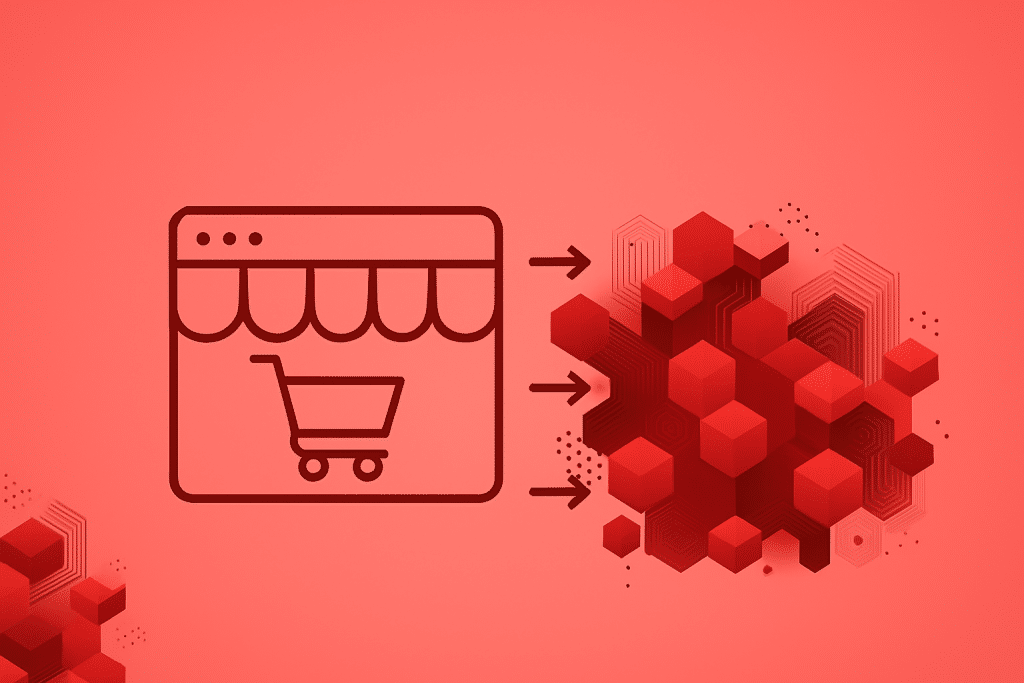
Essentially, composable commerce means to disaggregate your eCommerce platform into separate units. Rather than relying on one large system trying to do everything, you would build your stack from “best of breed” tools. Each tool solves unique problems, such as checkout, search, promotions, product information, etc. Each tool is connected via API.
This model is flexible, fast, and built to keep up with whatever your customers demand next.
Adobe’s Take: Composable Without the Chaos
Here’s where Adobe stands out. Some vendors push you into a pure microservices setup from day one. That can be overwhelming. Adobe doesn’t do that. Instead, it gives you a core platform (Adobe Commerce, built on Magento) that works out of the box, and then lets you plug in or swap out capabilities when you’re ready.
You don’t have to go “all in” on composable overnight. Adobe’s approach feels more like an upgrade path than a leap of faith.
So if you want to keep the original cart and checkout but use a headless CMS or another search engine, then you can. Want to try a completely custom loyalty engine or AI promotions? No problem. Adobe’s architecture is designed to let you grow at your pace, not someone else’s.
Packaged Business Capabilities: The Building Blocks
One key piece of Adobe’s strategy revolves around something called Packaged Business Capabilities, or PBCs. These are modular units of business logic. Think of them as Lego bricks – you can use as many or as few as you like, and they snap neatly into place.
Each PBC does one job. Maybe it handles promotions. Maybe it manages the product catalog. Maybe it takes care of user profiles. The best part is that the pieces can be swapped out, scaled, or upgraded independently without hindering the rest of the system.
This is where Adobe’s commitment to APIs becomes crucial. Everything is exposed via APIs, whether you’re dealing with product data, customer info, or payment logic, so these PBCs can easily integrate with other systems or be replaced entirely when needed.
And it’s not just REST APIs. Adobe also uses GraphQL to allow developers to choose what data they need to fetch and how they will use it. This creates a faster, cleaner, and less painful integration process.
Headless, If You Want It
Headless is often the first stop on the composable journey. Adobe gets that. It doesn’t just support headless, it embraces it.
Adobe Commerce allows you to decouple your frontend from your backend, which means your developers have the freedom to use any framework they prefer to build rich, fast user experiences – whether that’s React, Vue, Next.js, or something you’ve built yourself.
You get PWA Studio with Adobe Commerce, which gives your team the ability to build the most responsive, mobile-first, and fast progressive web application possible. If you’re after a modern and smooth storefront experience, PWA Studio is a great place to start.
More importantly, Adobe won’t lock you into a specific frontend. If you already have a headless CMS or a custom frontend framework that your team prefers, Adobe can work with that too.
Built to Scale
Composable systems need to be agile, but they also need to be able to withstand periods of intense traffic, rapidly expanding product lines, or the launch of five promotions at once.
Adobe handles scale in a way that feels invisible. Behind the scenes, Adobe Commerce runs on a cloud-native infrastructure that takes care of autoscaling, performance tuning, and deployment automation. You don’t need to babysit servers or worry about downtime when your flash sale goes live.
Want to roll out new features without taking your store offline? You can. Want to test a custom promotion engine in one region before rolling it out globally? That’s doable, too.
This kind of operational flexibility is a huge deal. It means you can innovate quickly without breaking your customer experience in the process.
Plug In What You Want, When You Want
One of the best things about Adobe’s composable model is how effortlessly it plays with others. You’re not locked into using just Adobe tools. If you’ve got a favorite CMS, a niche search solution, or some in-house tool that works wonders, you can bring it in.
Adobe Commerce was built to connect. It uses APIs to hook into whatever systems you’re already using. That could be your ERP, your CRM, your fulfillment engine, or some AI personalization tool your marketing team swears by.
And the best part? You don’t have to rip anything out. You just integrate piece by piece. That’s what makes it truly composable. It’s like renovating your house one room at a time without having to tear down the whole structure.
App Builder: Your Playground for Custom Features
Here’s the part that developers really care about — what if you want something that doesn’t exist yet?
Adobe thought of that. App Builder gives your dev team a cloud-native way to build and deploy custom features directly into the Adobe Commerce environment. You’re not hacking the core code or working around limitations. You’re building within the framework, but with full control.
Need a shipping calculator based on warehouse distance and weather? Go for it. Want a custom loyalty program that factors in purchase history and engagement scores? You can build that too.
App Builder is designed to be serverless, scalable, and event-driven. You don’t manage infrastructure. You just write your function, test it, and deploy. It listens to events from Adobe Commerce and responds in real time, like a lightweight extension that doesn’t slow anything down.
This kind of customization power used to be tricky to scale. With App Builder, it’s baked into the platform in a way that actually feels modern.
AI That Doesn’t Just Sit There
Composable is flexible, yes. But it also opens the door for smarter experiences. Adobe didn’t miss that opportunity.
Behind the scenes, Adobe Sensei adds intelligence to your commerce engine. It’s not flashy. It doesn’t brag. But it does work and it makes a difference.
It can recommend products based on user behavior, search patterns, or historical data. It adjusts search results dynamically, so your shoppers get more relevant hits. It even helps tailor promotions or content blocks based on what people are most likely to click.
It’s not just about personalization. It’s about being responsive, in real time, without you having to hard-code every possible scenario.
And because this AI layer is part of the Adobe ecosystem, it already understands your data, products, customers, sales, and content. That means better results with less setup and less guesswork.
Conclusion
To be honest, customers don’t care about composable commerce, architecture, or any fancy jargon you throw around. They care about whether your store loads fast, whether the product pages make sense, and whether checkout doesn’t make them want to scream.
That’s where Adobe’s model shines. Everything you connect, customize, or automate behind the scenes is working toward one thing: delivering a smoother, more consistent customer experience.
Even with a dozen third-party tools plugged in, Adobe keeps the flow unified. You’re not sending your customer through a clunky Frankenstein’s monster of disconnected services. Adobe Commerce acts as the conductor, making sure every part plays in harmony.
That’s the real win here. It’s not just composable for the sake of flexibility. It’s composable with purpose. Your tech stack gets easier to manage, your dev team moves faster, and your customer journey stays intact.
FAQs
Yes, Adobe comes with out-of-the-box tools, which you can use. You will be able to add or completely replace services depending on your business requirements.
You can leverage APIs for headless setups in Adobe. You can use PWA Studio or even build your own frontend to get a mobile-first, lightning-fast experience.
Adobe Commerce is deployed on cloud-native infrastructure with autoscaling, CDN support, and monitoring tools that allow your store to remain quick and responsive during large sales and traffic spikes.
Medium to large businesses looking for flexibility, integrations, and a customized customer journey will receive the most value from Adobe’s composable setup and gradual adoption strategy.
Not fully. Headless separates frontend and backend. Composable takes it further and modularizes backend services too, while giving more control over your total tech stack.
